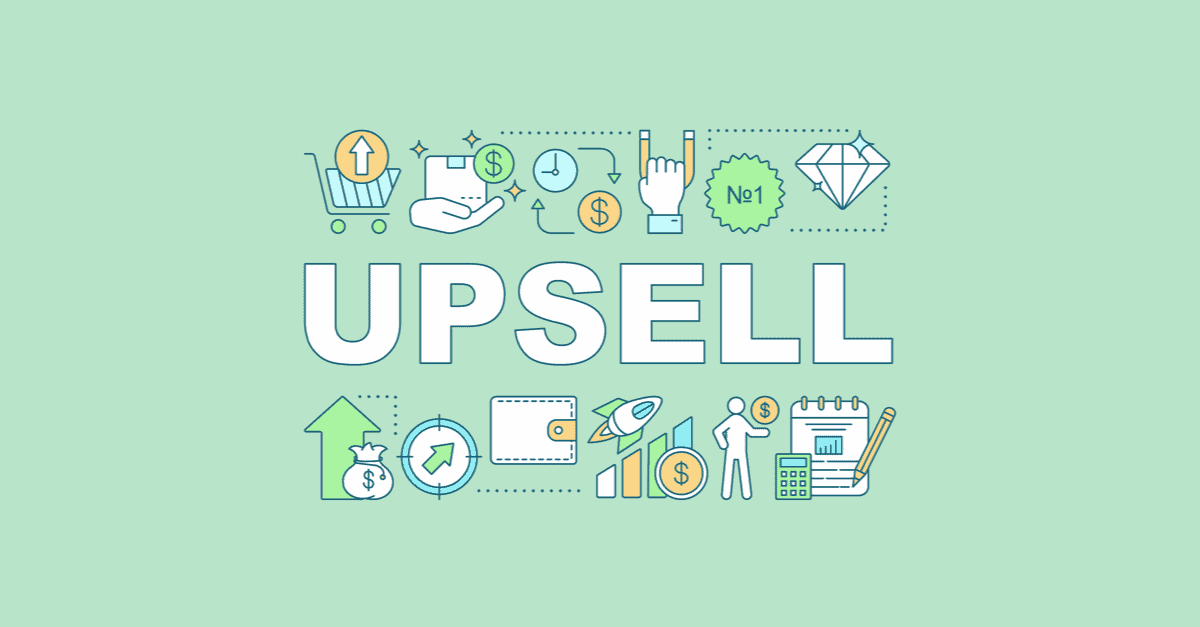
3 Lies About Rejection That Are Limiting Your Selling Potential
Written By: Andrea Waltz
3 Lies About Rejection Salespeople Need to Stop Telling Themselves
Lying to customers is a big no-no in sales. What about the lies salespeople tell themselves? Yet salespeople continuously sabotage themselves with lies about rejection.
The Customer Doesn’t Understand
Instinctively, salespeople want to talk. A lot. Describing the features and benefits of the product or
service, sometimes for no other reason than to impress others with their vast knowledge on the subject.
But this isn’t what prospects want—at least not initially. What they want first, in the early stages of the sale, is to be listened to.
Prospects Want To Feel That You Are Listening To Them
At a minimum, they want to feel they’re being listened to. Here’s where we’re supposed to throw out
the oft-used saying, “This is why God gave us two ears and one mouth.” We think this is why God gave us open-ended questions.
Alexandra Carter, author of the book, Ask for More says one of the best questions (although more of a statement) is simply: “Tell me more.”
The lie: You got a no because the customer is confused or mistaken. You may tell yourself, “They don’t get it!”
Seek First to Understand
As Steven Covey famously said, “Seek first to understand, then to be understood.” If you’re getting a lot of “NOs,” maybe you’re spending too much time presenting and too little time listening.
Fight the lie! Really listen. Don’t focus exclusively on making the perfect presentation before asking good questions.
There’s No Value In “No”.
It’s easy to come to believe that “yes” is the only productivity metric that matters. As the legendary professional speaker, Joel Weldon said: “If everybody said ‘yes,’ they wouldn’t need to pay you very well. You really get paid for the Nos, not the yeses.”
You Get Paid For No’s
A while ago , we calculated at least 17 calls being made for a particular client before we eventually got a yes. Not to mention a few emails and a physical package that was sent. At that time, our fee for a half-day workshop was $10,000.
So, what was each of our 17 sales contacts worth? Most people would say that the first 16 contacts (the “NOs”) were worth zero. The final contact (the “YES”) was worth $10k.
But every “NO” had value. Every “NO” moved the ball down the field and put it in scoring position. Every “NO” was progress.
The Math Behind No
A $10,000 sale divided by 17 total calls (16 “NOs” and 1 “YES”) means every call—regardless of the outcome—was worth $588.24 to us. The only way for the “NOs” to have been worthless would have been for us to have quit.
The lie: Only yes has value. Fight the lie! Calculate the value (literally) of every no you get. This way all of your activity has value.
No Means Never.
A few years back, Richard (my husband and co-author) and I drove 14,000 miles across the country, interviewing top performers to discover their approach to dealing with failure and rejection. Many of the people we talked with had incomes of over $1 million per year. It was an adventure, and not just because we managed to survive all those hours in the car together, day after day.
Toward the end of the trip, we stopped for the night at the Hotel Santa Barbara. As we were unloading our camera equipment, the doorman asked us what we were filming, and we explained the project.
What Can We Learn From Rejection?
Then he asked: “Well, now that you’ve done all of this, can you tell me the most important thing you guys learned?”
I turned to Richard because I couldn’t come up with a good answer. How could anyone possibly reduce the wisdom from 53 in-depth interviews to a sentence or two?
No Is Only The Beginning
But then Richard responded by saying: “When average salespeople hear the word ‘NO,’ they think the sale is over. When top sales performers hear ‘NO,’ they know things are just getting started.”
I recently heard from a salesperson who proudly told me that went out and got 20 nos. I congratulated him and asked how many of those he planned to follow up on. He replied, “Great point! Now that you mentioned it, I guess I’ll need to do that next.”
The lie: No is always never. Fight the lie!
Don’t give up. If you have a qualified prospect, stay engaged, offer value, follow up, and be there when they are finally ready.
We’ve been studying and speaking about rejection in sales for over two decades. In our latest book, When They Say No, we talk about 41 different strategies for changing the way you think, what you say, and what action you take next in order to make that no payoff for you.
When it comes to rejection—the truth is, we lie to ourselves a lot. As author Stephen King once said, “We lie best when we lie to ourselves.” Be more effective and stop telling yourself lies about rejection when you hear No!
Are you telling yourself lies about rejection that are holding you back? In Andrea’s new book, Why They Say No, you’ll learn key strategies for handling rejection to get better results in every area of business and life. Get your copy at WhenTheySayNoBook.com.
About the author
Get FREE Sales Training Delivered to Your Inbox
Join more than 360,000 professionals who get our weekly newsletter.
Related Articles

Learn Online
Self-paced courses from the
world's top sales experts

Virtual Training
Live, interactive instruction in small
groups with master trainers

Coaching
One-to-one personalized coaching
focused on your unique situation






